Investigating the Spiritual Importance of the Hokkaido Shrine Festival
Every year, nestled in the lush greens of Maruyama Park in Sapporo, the Hokkaido Shrine Festival unfolds, showcasing a profound spiritual tapestry that has been woven through centuries. Celebrated to honor the four kami or spirits enshrined at Hokkaido Shrine-Ōkunitama, Ōkuninushi, Sukunahikona, and the spirit of the Emperor Meiji-this festival is not just a ritual but a reaffirmation of spiritual and communal bonds. The 2025 festival, with its usual kaleidoscope of colors and heartfelt prayers, seemed to resonate even more deeply, perhaps a gentle reminder of the world’s return to normalcy post-pandemic.
The festival begins with a Shinto ceremony called “Shinkō-sai.” During this parade, which holds great significance, the kami are temporarily released from their sanctuaries and carried through the town in portable shrines known as mikoshi. This act serves to consecrate both land and inhabitants. Being profoundly intrigued by religious customs, I found observing this rite to be an almost surreal encounter. The atmosphere, heavy with the aroma of burning incense and filled with whispers of devotion, fosters a tangible link to an age-old and significant tradition.
Enjoy Sapporo’s Vegetarian Treats at the Festival
One of the aspects I most look forward to at any festival is undoubtedly the
food
Moreover, the Hokkaido Shrine Festival stands out as a gastronomic delight, particularly for vegetarians and vegans such as myself. Given Sapporo’s abundance of fresh local produce from Hokkaido’s lush farmlands, visitors can enjoy a wide variety of vegetable-based offerings that blend tradition with creativity. Food stalls at the festival offer delights including vegetable yakisoba, grilled tofu kebabs, and classic Hokkaido fare like potatoes smothered in butter and topped with corn.
Furthermore, I came across a booth offering “Zangi tofu,” a plant-based version of Hokkaido’s famous karaage (fried chicken). This tofu, soaked in a mixture of ginger, garlic, and soy sauce before being dipped in a light, crunchy coating, was an eye-opener! Excited by this discovery, I intend to share the recipe on my blog, ideal for those chilly evenings when you desire a comforting meal. Keep an eye out for the instructions!
Traditional Crafts and Cultural Performances at the Hokkaido Shrine Festival
The festival goes beyond being merely a delight for food lovers; it’s also an enchanting experience for both visual enjoyment and spiritual enrichment. Attendees can enjoy cultural displays like classic Ainu dance routines, energetic taiko drum shows, and the perennial favorite—samurai processions—which provide insight into Japan’s extensive past and creative legacy. Notably, the Ainu presentations highlight the country’s native traditions through archaic choreography and harmonious folksongs executed in historical attire.
The displayed handicrafts are just as captivating. I observed craftsmen deftly sculpting wooden koma (spinning tops), while others were meticulously arranging intricate ikebana displays. These elements of the festival highlight the profound cultural heritage and the artisanal pride that runs through Sapporo. Every craft booth shares a tale, a fragment of an age-old custom kept alive and handed down over many years.
Individual High Points and Thoughts on Participating in the 2025 Event
Going to the 2025 Hokkaido Shrine Festival wasn’t just another post for my travel blog—it was a deep dive into the soul of Sapporo’s religious and cultural landscape. From the hushed reverence during the Shinkō-sai ceremony to the vibrant energy at the marketplace booths, every experience brimmed with communal spirit and historical depth. Laughing alongside local craftsmen, exchanging tales with other tourists, and sensing the beat of the taiko drums reverberate among the throng created a rich mosaic of personal interactions.
Pondering over this adventure, it reaffirms my reasons for traveling. It’s all about the tales, the individuals encountered, and those fleeting instances that infuse vitality into our lives. As I departed from Maruyama Park, basking in the soft shadows cast by the Sapporo trees, I held onto recollections of a festival honoring life in its vast diversity. Thanks, Sapporo, for allowing me a peek at your soulful core and beloved customs. To future journeys ahead!
If you enjoyed this article or have suggestions on how we can improve it, please leave us a comment below. Also, make sure to check out other articles I’ve created or stories I’ve written about food culture –
here
.
The post
Hokkaido Shrine Festival 2025: Exploring Sapporo’s Sacred Core and Celebratory Customs
appeared first on
Cooking With Jade
.




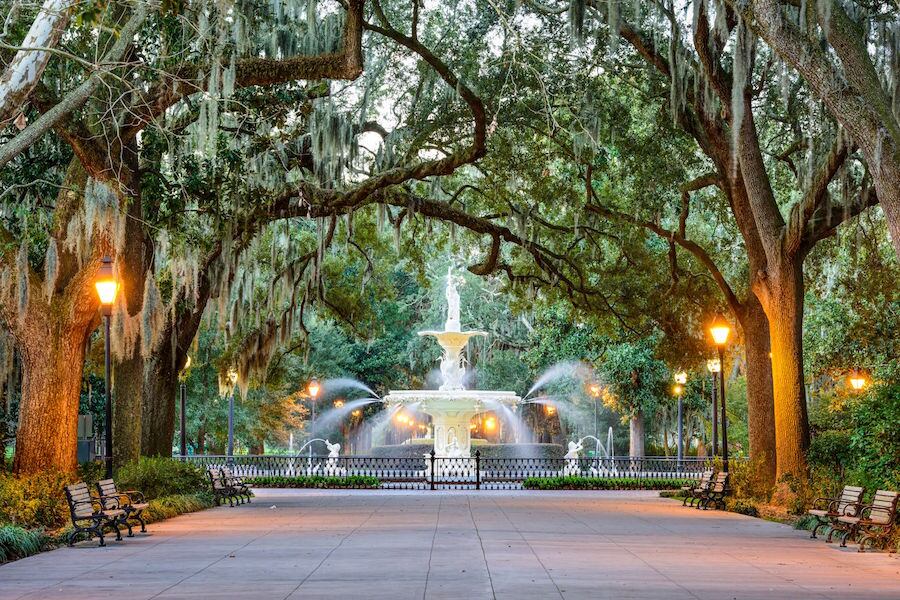
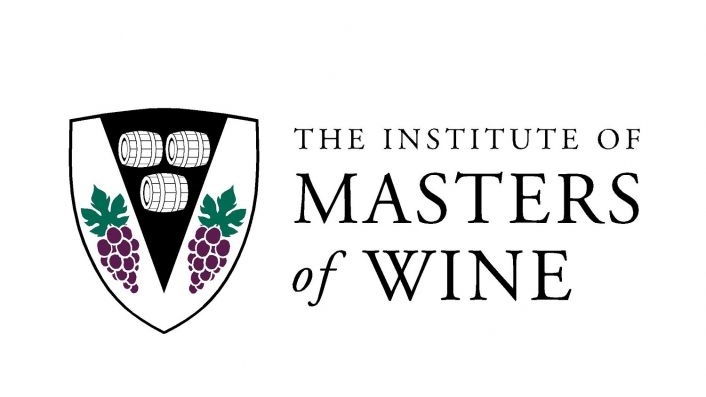




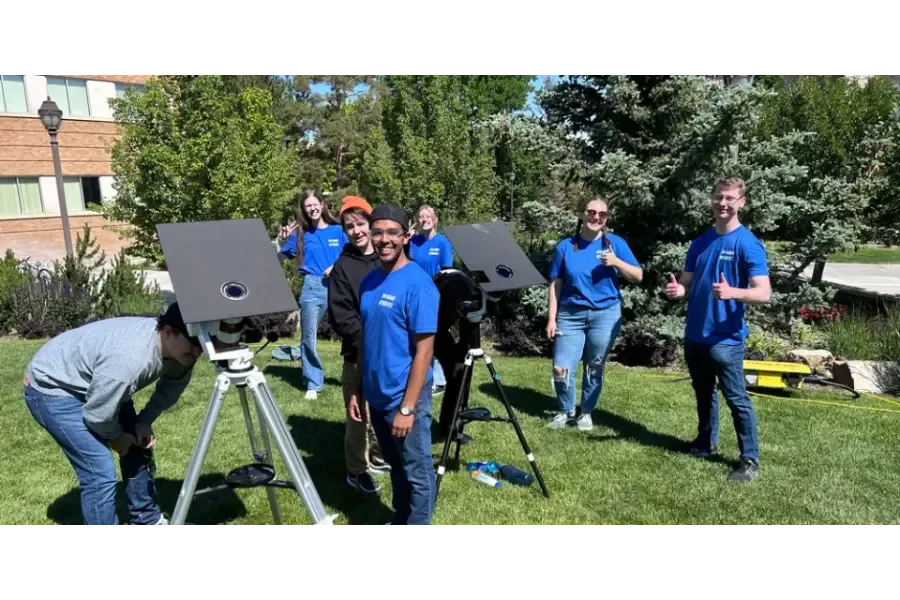
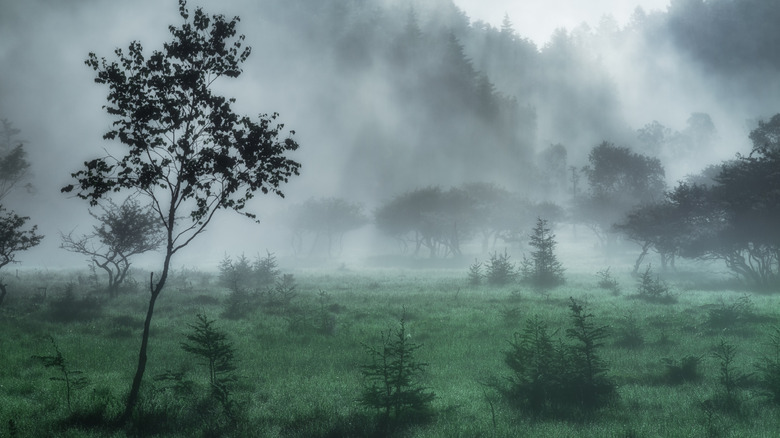
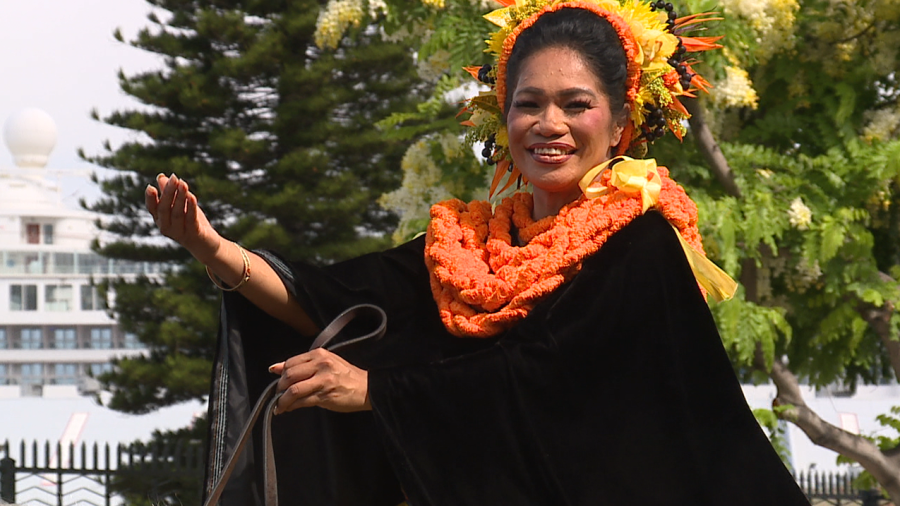
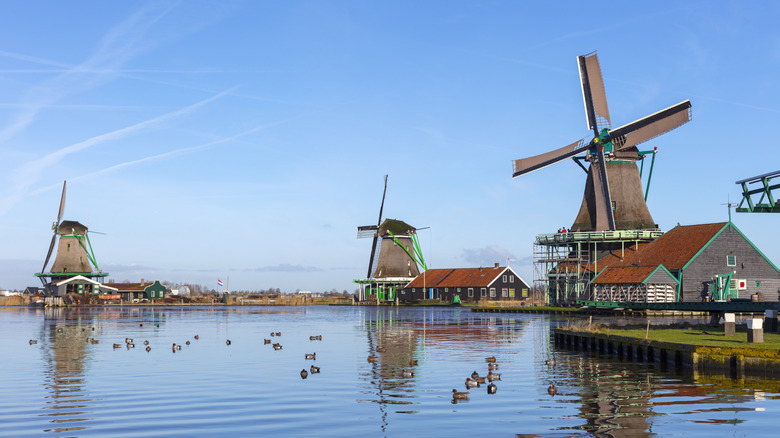
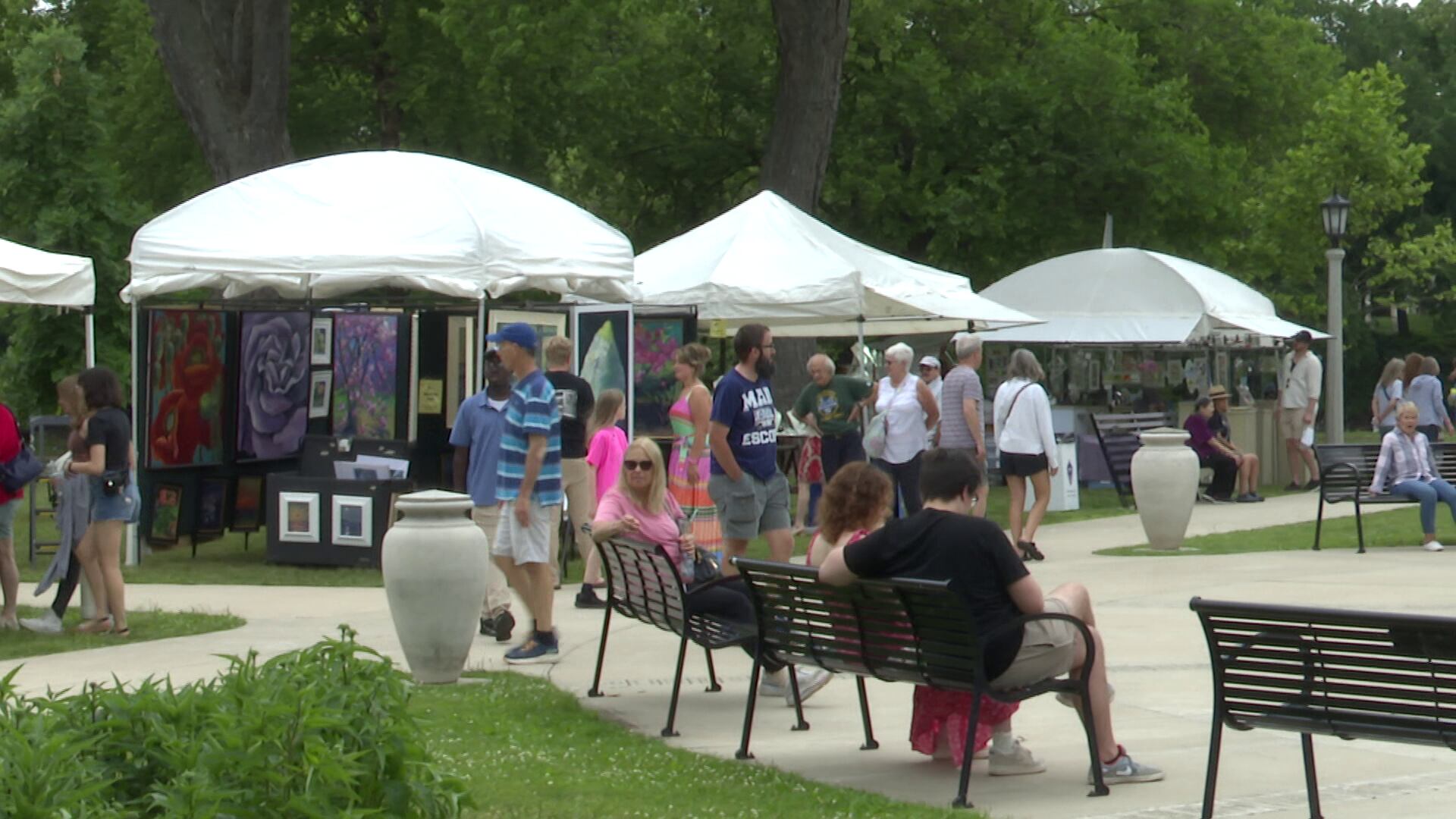

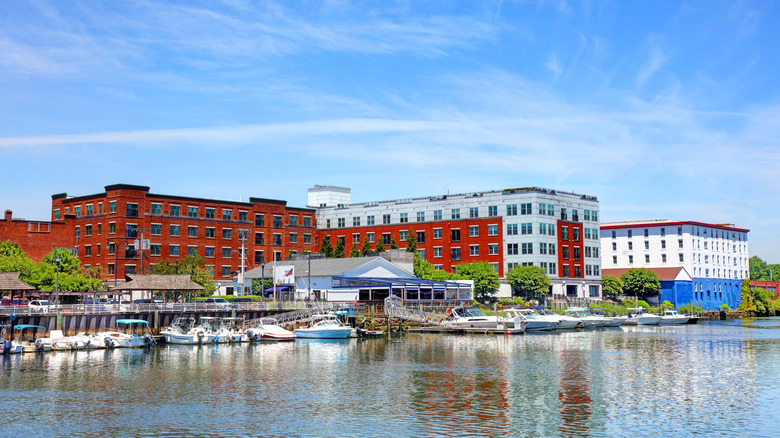


Leave a Reply